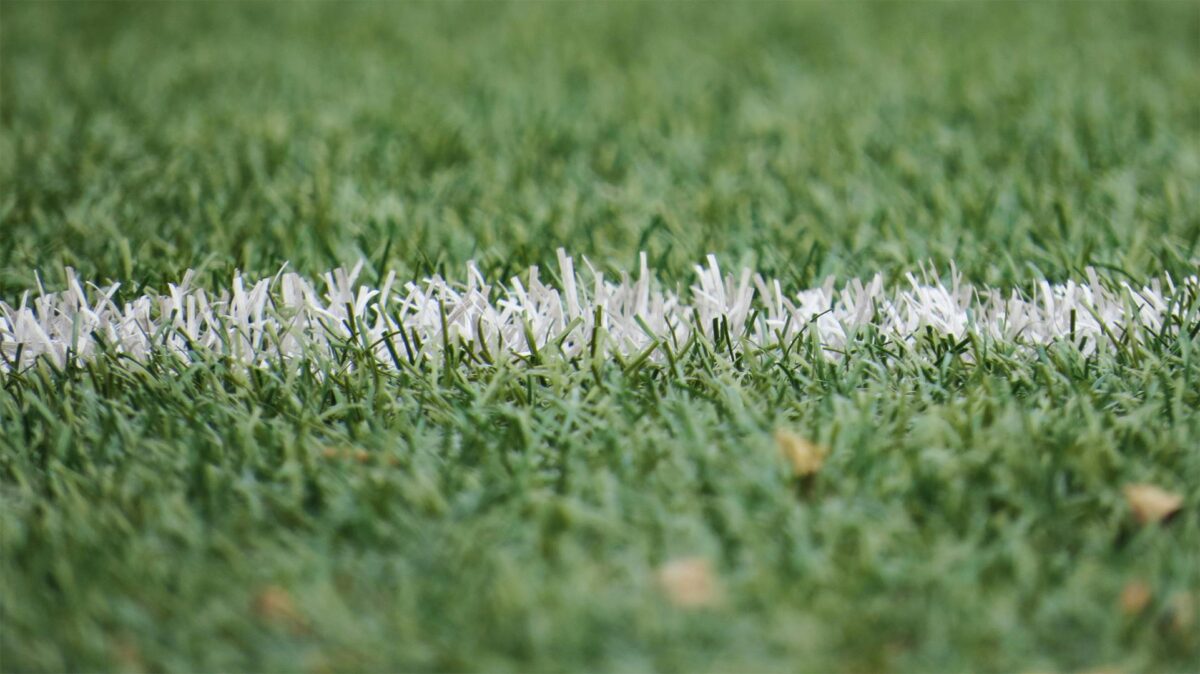Step-by-Step Process of Artificial Grass Installation in Houston

If you’re looking to upgrade your lawn in Houston, artificial grass could be your solution. With its low maintenance, durability, and attractive look, synthetic grass is an ideal alternative to natural grass. Whether you want a beautiful lawn year-round without the hassle of mowing or looking for a water-efficient solution, artificial grass installation in Houston can meet your needs.
This blog will walk you through the step-by-step process of installing artificial grass in Houston so you’ll know what to expect from start to finish.
Table of Contents
Step-by-Step Process of Artificial Grass Installation in Houston
Step-by-Step Process of Artificial Grass Installation in Houston
Overall Takeaways!
Step-by-Step Process of Artificial Grass Installation in Houston
Here’s an overview of the key steps involved in artificial grass installation:
-
Initial Consultation and Site Evaluation
The first step in installing artificial grass is scheduling an initial consultation with a professional landscaping company. During this consultation, a team member will visit your property to evaluate the area and discuss your needs. They will assess the size of your lawn, the type of terrain, and any unique features that need to be considered, such as trees or garden beds. This is also an excellent opportunity to discuss your preferences, such as choosing pet-friendly turf or specific colors and textures for your artificial grass. The team will measure and determine the best type of synthetic grass to fit your space.
-
Site Preparation
Once the consultation is complete, the next step is preparing the area for artificial grass installation. Proper site preparation ensures the turf will lay flat and last many years. Here’s how the preparation is done:
- Removal of Existing Grass and Debris: First, the grass, weeds, and debris must be removed. This may include digging out old grass or removing stones and other unwanted materials. This step ensures the area is free of anything interfering with the new turf.
- Leveling the Ground: After removing the old lawn, the ground is leveled to ensure an even surface. Depending on the existing landscape, this may involve adding or removing soil. The surface must be smooth so that the artificial grass sits appropriately.
- Installing a Base Layer: Once the ground is leveled, a base layer of crushed stone or decomposed granite is laid down. This material helps with drainage, preventing water from pooling on your new lawn, and ensures the turf remains stable over time.
-
Installing Geotextile Fabric
A geotextile fabric is installed on top after the base layer is in place. This fabric acts as a barrier between the ground and the artificial turf, preventing weeds from growing through the surface. It also helps with water drainage, ensuring the turf remains dry and in good condition for years. The fabric is carefully laid out over the base and secured in place.
-
Laying the Artificial Grass
With the site adequately prepared, the next step is to lay the artificial grass. The turf is unrolled over the surface and cut to fit the shape of your lawn. The team will carefully align the turf’s seams to create a seamless, natural look. Special attention is paid to areas around garden beds, trees, and any obstacles that may be present. At this stage, the artificial grass will start to shape and resemble a lush, green lawn.
-
Securing the Turf
Once the artificial grass is in place, it’s essential to secure it to ensure it stays in position. The edges of the turf are fastened using nails or staples, which hold the grass in place. This prevents shifting or bunching, especially in high-traffic areas. The installation team will ensure the seams are correctly secured, ensuring the turf stays smooth and tight.
-
Adding Infill Material
One of the final steps in the artificial grass installation process is adding the infill material. Infill is used to weigh the turf down and help the blades of grass stand upright. It also adds cushioning and a more natural feel to the surface. Common types of infill include sand, rubber granules, or a combination of both. Once the infill is spread across the surface, it’s worked into the turf with a power broom or brush, ensuring it is evenly distributed.
Infill not only improves the appearance of the turf but also increases its durability, allowing it to withstand wear and tear over time.
-
Final Grooming and Inspection
After the turf is secured and the infill is applied, the last step is grooming and inspecting the installation. The artificial grass is brushed once to ensure the blades stand upright and the surface looks uniform. Any final adjustments are made to ensure the turf is smooth and evenly distributed.
The installation team will walk through the area with you to ensure everything meets your expectations. If there are any issues or concerns, they will address them promptly before completing the job. After the final inspection, your new artificial lawn is ready to enjoy!
Overall Takeaways!
Artificial grass installation is a step-by-step process that requires attention to detail and expertise. Whether you’re looking to save time, conserve water, or just improve the appearance of your yard, artificial grass is a wise choice.
Houston Landscape Pros is here to help with all your artificial grass installation needs. Our experienced team will guide you through every step of the process, ensuring a smooth and successful installation. Contact us today to schedule your consultation and transform your lawn with artificial grass.








